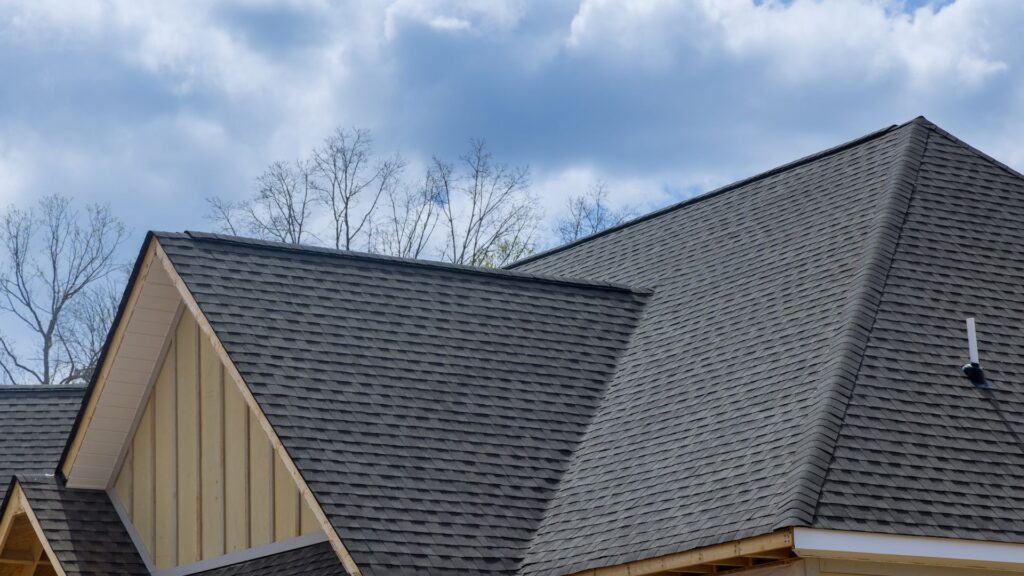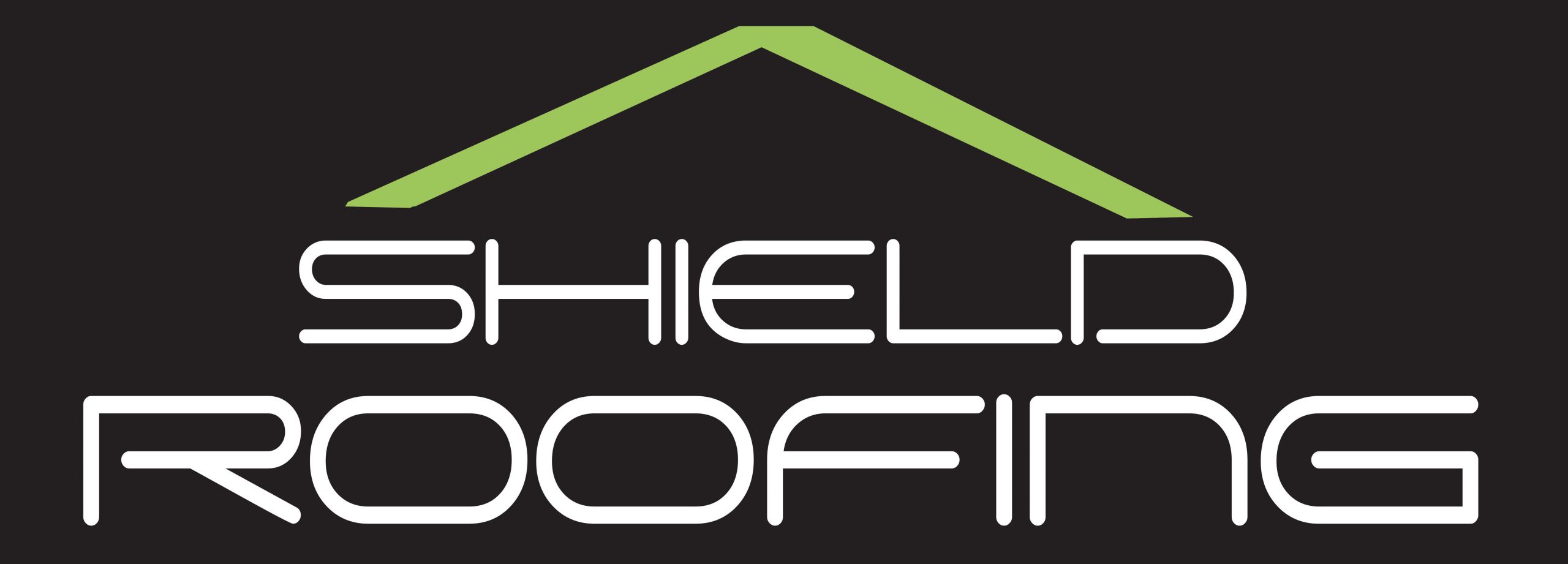Selecting the right roofing material is a decision of paramount importance, particularly when considering the challenges posed by extreme weather conditions. From sweltering heat waves to freezing snowstorms, the material you choose for your roof can greatly influence how well your home withstands the elements. This blog post delves into the performance of various roofing materials in extreme weather, providing insights to help homeowners make informed choices. Whether you’re facing torrential rains, heavy snow, or blistering heat, understanding the resilience and suitability of different roofing options is crucial. We will explore a range of materials, from traditional asphalt shingles to innovative synthetic solutions, examining how each fare in harsh climatic conditions.
The roof is more than just an aesthetic feature; it’s a crucial shield that protects your home from the weather’s whims. As such, choosing a roofing material isn’t just about matching your home’s style; it’s about ensuring durability and safety under various weather scenarios. With advancements in roofing technology, homeowners now have a myriad of options, each with unique properties and capabilities in extreme weather conditions.
Asphalt Shingles

Asphalt shingles, the most commonly used roofing material in many regions, are known for their affordability and versatility. They perform reasonably well in various weather conditions, offering adequate protection against moderate rain, wind, and hail. However, in extreme weather conditions, asphalt shingles can face challenges. Intense heat can cause them to crack and age prematurely, while severe hail can lead to dents and breakage. Furthermore, in regions prone to high winds, these shingles can be susceptible to uplift unless specifically designed for such conditions.
Despite these challenges, asphalt shingles remain a popular choice due to their cost-effectiveness and ease of installation and repair. Manufacturers have made strides in improving the quality and durability of asphalt shingles, with many now offering enhanced versions that are more resistant to extreme weather conditions. However, homeowners in areas prone to severe weather should weigh these benefits against the potential need for more frequent repairs or replacements.
Metal Roofing
Metal roofing stands out for its exceptional durability and performance in extreme weather. Its resilience makes it an ideal choice for areas prone to heavy snowfall, as it efficiently sheds snow, reducing the risk of accumulation and potential damage. Metal roofs are also highly wind-resistant, capable of withstanding hurricane-level forces, and their fire resistance is a significant advantage in areas susceptible to wildfires.
The energy efficiency of metal roofing is another noteworthy benefit. In hot climates, metal roofs reflect sunlight and heat, helping to keep homes cooler and reducing air conditioning costs. While the initial cost of metal roofing can be higher than some other materials, its longevity and minimal maintenance requirements often make it a cost-effective choice in the long run. Metal roofing’s ability to perform well under various extreme weather conditions makes it a reliable and increasingly popular roofing solution for homeowners.
Clay and Concrete Tiles
Clay and concrete tiles are especially suited for hot, dry climates. Their thermal properties allow them to effectively insulate homes against heat, making them a popular choice in regions with intense sun exposure. Additionally, these materials are non-combustible, providing excellent fire resistance. However, clay and concrete tiles can be less ideal in colder climates, as they are prone to cracking under heavy snowfall or freeze-thaw cycles.
The durability of clay and concrete tiles in their ideal climates is notable, often lasting decades with proper maintenance. Their aesthetic appeal, particularly in Mediterranean or Spanish-style homes, adds to their desirability. However, the weight of these materials requires a sturdy roofing structure, and their installation and repair can be more complex and costly compared to lighter materials.
Slate Roofing
Slate roofing is renowned for its strength, longevity, and natural beauty. It performs exceptionally well in winter weather, easily withstanding heavy rains and snow. Slate’s resistance to water absorption makes it less likely to crack in freezing temperatures, an advantage in regions experiencing harsh winters. Additionally, slate is highly resistant to wind and fire, adding to its appeal as a durable roofing material.
The primary consideration with slate roofing is its cost – both the material and installation are on the higher end of the spectrum. Additionally, the weight of slate requires a reinforced roofing structure, which can add to the overall cost. Despite these factors, the long lifespan and timeless appeal of slate make it an attractive investment for homeowners, particularly in areas with extreme winter weather conditions.
Wood Shingles and Shakes
Wood shingles and shakes offer a natural and rustic aesthetic that appeals to many homeowners. In moderate climates, they perform well, providing adequate protection against the elements. However, in extreme weather conditions, wood roofing can face challenges. In wet climates, wood is susceptible to rot, mold, and insects, while in regions prone to wildfires, its combustibility is a significant concern.
To mitigate these issues, wood shingles and shakes can be treated with fire retardants and preservatives. These treatments can enhance their resistance to fire and decay, but regular maintenance is crucial to maintain their protective properties. Homeowners drawn to the natural look of wood need to consider the maintenance requirements and potential vulnerabilities in their specific climate.
Synthetic Roofing Materials
Advancements in synthetic roofing materials have led to innovative solutions that mimic the look of traditional materials while offering enhanced weather resistance. Materials like rubber and plastic composites are designed to withstand a range of extreme weather conditions, from heavy snow and hail to high winds. They are often lighter than traditional materials, reducing the strain on roofing structures, and can be engineered to offer fire resistance.
The versatility and durability of synthetic roofing materials make them a growing choice for homeowners. They provide a balance of aesthetic appeal and functionality, often at a more affordable price point than natural materials like slate or wood. Additionally, their ease of installation and low maintenance requirements add to their appeal in various weather conditions.
Green Roofs
Green roofs, which incorporate vegetation and soil into the roofing system, offer unique environmental benefits. They excel in managing rainwater, reducing runoff, and providing insulation. In urban areas, green roofs can help mitigate the heat island effect, keeping buildings cooler in hot weather. However, green roofs require specific structural considerations and ongoing maintenance, especially in extreme weather conditions.
The insulation properties of green roofs can be particularly beneficial in both hot and cold climates, contributing to energy efficiency. However, the feasibility of a green roof depends on several factors, including the building’s structure, climate, and the homeowner’s ability to maintain the vegetation. Despite these considerations, green roofs are an increasingly popular option for environmentally conscious homeowners.
Impact of Climate Change on Roofing Material Choices
As climate patterns continue to evolve, the choice of roofing materials has become increasingly influenced by long-term weather trends. Homeowners are now considering the potential impacts of climate change, such as the increased frequency of extreme weather events when selecting roofing materials. This shift in perspective is leading to a greater emphasis on durability and weather resistance in roofing choices.
The resilience of roofing materials in the face of changing climate conditions is a key consideration for homeowners looking to protect their investments. Materials that can withstand a range of weather extremes are becoming more desirable, prompting manufacturers to innovate and improve the performance of roofing materials in response to these environmental challenges.
Professional Advice and Installation
Selecting the right roofing material for your home, especially in the context of extreme weather, can be a complex decision. Consulting with roofing professionals is crucial in making an informed choice. Experts in the field, such as those at Shield Roofing, can provide valuable insights into the best materials for your specific climate and weather patterns. They can also ensure that the material is installed correctly, which is key to maximizing its durability and performance.
Professional installation is as important as the choice of material itself. A properly installed roof will have a longer lifespan and be more resilient in extreme weather conditions. Roofing professionals have the expertise to ensure that every aspect of the installation is carried out to the highest standard, providing homeowners with peace of mind and long-term protection for their homes.
In conclusion, the performance of different roofing materials in extreme weather varies significantly, and the right choice depends on a multitude of factors, including climate, budget, and aesthetic preferences. From the durability of metal and slate in harsh winter conditions to the energy efficiency of green and synthetic roofs in varied climates, each material offers unique advantages and challenges. Understanding these can help homeowners make choices that not only enhance the appeal and value of their homes but also ensure long-term protection and resilience against the elements.
As weather patterns continue to change and new materials enter the market, the decision-making process for roofing materials becomes more complex. However, the fundamental goal remains the same: to choose a roofing solution that provides the best possible protection for your home, tailored to your specific environmental conditions.

